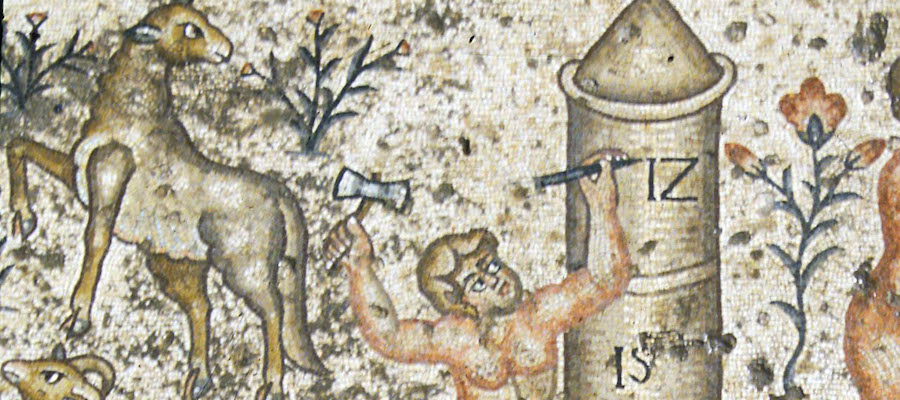This lecture draws attention to the monumental scientific devices that appear in the Byzantine literary and pictorial tradition. Specifically, it focuses on the windvane (anemodoulion) that stood for centuries in Constantinople before its destruction during the Fourth Crusade (1204 CE), and the Nilometer used for measuring the rising levels of the Nile, and which is depicted in textiles, mosaics, and other media. In considering these objects, the lecture makes the case that bucolic imagery (which we find associated with the windvane and the Nilometer in its visual representations) was deemed most suitable for devices linked to measuring and signaling weather patterns. Finally, the lecture proposes that the bucolic mode was linked to these objects as its conventions articulated the contingency of the relations between humans, non-humans, and nature.
This lecture will take place live on Zoom, followed by a question and answer period.
